Top 10 Best Rest Camps in Kruger National Park
The untamed wilds of Kruger National Park, South Africa’s most iconic and expansive protected area, stretch across nearly 20,000 square kilometers of pristine bushveld, river systems, and savannah. Within this ancient and diverse landscape lies an extraordinary network of rest camps—each one unique, deeply connected to the rhythm of the wild, and offering immersive experiences for every kind of traveler.
From riverbanks alive with the trumpet of elephants to predator-rich plains where lions prowl the dusk, Kruger is not merely observed from afar. It is lived from within. And to do so comfortably, safely, and with a sense of place, visitors stay in Kruger’s official rest camps, which have been thoughtfully integrated into the environment without compromising its integrity. These camps provide not just a place to sleep, but a way to exist harmoniously alongside Africa’s greatest wildlife.
Selecting the best among these camps is both an art and a matter of perspective. For those seeking the most rewarding and balanced safari experience, the following ten rest camps stand out—not simply for their location or amenities, but for how they deliver the true essence of Kruger National Park.
Skukuza: The Thriving Pulse of the South
Serving as the administrative headquarters of the park, Skukuza Rest Camp is not only the largest but also the most dynamic of Kruger’s camps. Positioned along the Sabie River, it provides spectacular vantage points from which wildlife can be observed throughout the day. Whether from the riverside restaurant, the lookout deck, or the shaded lawns, encounters with crocodiles, hippos, elephants, and a variety of antelope species are frequent and effortless.
Despite its size, Skukuza retains the magic of the bush. Leopard sightings in the surrounding area are especially common, and the roads that fan out from the camp offer some of the most productive game viewing in the park. Facilities include a well-stocked shop, a museum, a golf course, and even a spa, making Skukuza a hub of activity nestled within the wilderness. It offers an ideal introduction to the Kruger experience—especially for families and first-time safari-goers who desire convenience alongside natural immersion.
Lower Sabie: Where Water Sustains the Wild
Further downriver lies Lower Sabie Rest Camp, a serene and scenic camp known for its panoramic river views and tranquil energy. Resting along the banks of the Sabie River, this camp enjoys a location that supports one of the richest concentrations of wildlife in the park. Large herds of buffalo, elephant, and impala are commonly seen grazing near the water’s edge, while predators often linger nearby.
The elevated wooden decks of the camp’s main lodge and restaurant provide visitors with the opportunity to enjoy both sunrise coffees and sunset dinners while watching nature unfold below. Accommodations range from air-conditioned bungalows to safari tents, ensuring a diversity of options for every traveler. The area surrounding Lower Sabie is also a haven for birdwatchers, with dozens of species inhabiting the riverine forest and open grasslands.
Satara: The Kingdom of Big Cats
Nestled in the open plains of central Kruger, Satara Rest Camp enjoys a formidable reputation as one of the best areas in Africa for lion and cheetah sightings. The grasslands surrounding the camp provide perfect hunting grounds for these apex predators, and it’s not uncommon for guests to encounter large prides lounging near the road or stalking herds of zebra and wildebeest.
The camp itself is characterized by its traditional rondavel-style architecture, shaded pathways, and communal atmosphere. Despite being well equipped with modern facilities, it retains a rustic charm that reflects the pioneering spirit of early safaris. At night, the air is filled with the sounds of roaring lions and calling hyenas, creating a deeply visceral connection to the land.
Olifants: Perched Above the Wild
Few camps can rival the sheer drama of the views offered at Olifants Rest Camp. Positioned high above the Olifants River on a cliff-top escarpment, this camp provides sweeping vistas that seem to extend endlessly across the landscape. Herds of elephants, hippos in the river, and raptors soaring overhead are all part of the daily visual feast.
The camp is built to accentuate its breathtaking location. Wooden chalets with private balconies allow guests to soak in the landscape in complete privacy. Surrounding terrain varies from open plains to rocky outcrops, supporting a diverse ecosystem. Drives around Olifants reveal not only big game but also rare and specialized species, such as klipspringers and Verreaux’s eagles.
Letaba: A Riverside Refuge for Giants
In the northern reaches of central Kruger lies Letaba Rest Camp, a sanctuary known for its lush riverside vegetation and close proximity to elephant herds. The Letaba River provides a vital water source that draws wildlife year-round, and the camp’s elevated position ensures constant views of the activity below.
Letaba also serves as a center of learning and reflection, with its Elephant Hall Museum celebrating the park’s most famous tuskers and the conservation efforts dedicated to their protection. The camp is tranquil, shaded by large trees, and ideal for birders and those seeking a quieter, more contemplative safari. Its proximity to large herds and scenic routes makes it an essential stop for any thorough exploration of the park.
Berg-en-Dal: Mountains and Memories
At the foot of the Malelane Mountains, Berg-en-Dal Rest Camp blends contemporary comfort with a uniquely rugged landscape. This is one of Kruger’s more modern camps, designed to provide accessibility while respecting the surrounding terrain of dry riverbeds, rolling granite hills, and dense bushveld.
Its southern location places it within one of the park’s most predator-rich areas, where sightings of white rhinos, leopards, and wild dogs are relatively frequent. Berg-en-Dal also offers self-guided walking trails inside the camp, complete with interpretive signage—an opportunity to engage with the flora and smaller fauna without leaving the safety of the perimeter.
Shingwedzi: The Northern Soul of Kruger
Located deep in the northern mopane forests, Shingwedzi Rest Camp exudes a timeless bushveld charm. This region is less trafficked by tourists, offering a sense of solitude and authentic wilderness experience. The surrounding landscape is ideal for large herbivores such as elephants, buffalo, and kudu, while birdlife flourishes along the Shingwedzi River.
The camp’s classic design, sandy pathways, and communal fire areas bring guests back to a simpler era of safari travel, where connection and stillness are prioritized. The sounds of Africa—nightjars calling, lions roaring in the distance, the rustle of wind through mopane leaves—create a deep emotional resonance for those who seek peace as much as adventure.
Punda Maria: Gateway to the Northern Frontier
At the very top of Kruger’s map lies Punda Maria Rest Camp, a small and characterful camp surrounded by some of the most ecologically diverse terrain in the park. It serves as the ideal base for those exploring the remote and mystical far north, including the Luvuvhu River and the famed Pafuri region.
This area supports rare species such as nyala and eland, and is considered one of the best birding locations in Southern Africa. Punda Maria is quieter than other camps, with a focus on immersion rather than activity. Its walking trails and elevated decks invite slow appreciation of the surrounding beauty, where every rustle might be a hornbill or a browsing bushbuck.
Crocodile Bridge: Compact but Wildly Rewarding
Close to the southeastern entrance gate, Crocodile Bridge Rest Camp is compact, efficient, and astonishingly well positioned for game viewing. The area around the camp is one of Kruger’s richest for wildlife sightings, particularly during the dry season when animals are drawn to the nearby Crocodile River.
Despite its size, the camp offers a surprisingly immersive bush experience, with a range of accommodation options and easy access to some of the most productive game drive routes. Its location makes it a favorite among weekend travelers and those seeking a quick but intense encounter with Kruger’s legendary wildlife.
Pretoriuskop: Where History Meets the Hills
The oldest camp in Kruger, Pretoriuskop offers a blend of nostalgia and natural beauty. Located near the park’s southwestern boundary, it is surrounded by rocky granite outcrops and a unique biome that supports rare species not often seen elsewhere in the park, including sable antelope and red duiker.
The camp features historical buildings, lush lawns, and a swimming pool carved into natural rock. Its elevated position and rich biodiversity make it an essential stop for those looking to understand Kruger’s origins and experience a different ecological side of the park.
Plan Your Kruger Adventure with WildHorn Africa
Each of these rest camps is more than a waypoint; it is a window into a unique part of Kruger’s soul. From riverbanks to plains, cliffs to forests, they offer different perspectives on a land that is as dynamic as it is ancient. Choosing where to stay is not just a logistical decision—it shapes the rhythm of the journey, the stories that are gathered, and the moments that linger.
For travelers who seek to explore Kruger National Park in depth, with expert guidance and personalized care, WildHorn Africa crafts custom safari experiences that balance adventure with comfort, immersion with insight. Whether for first-timers or seasoned wildlife lovers, every journey is designed to bring guests closer to the heart of Africa.
Book your unforgettable Kruger experience with WildHorn Africa—where nature becomes your neighbor and the wild becomes your welcome.
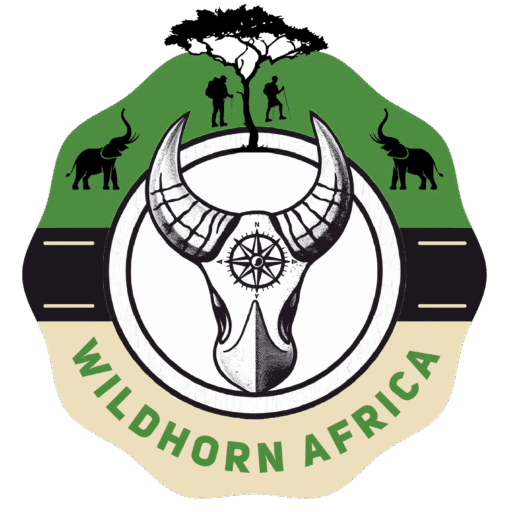
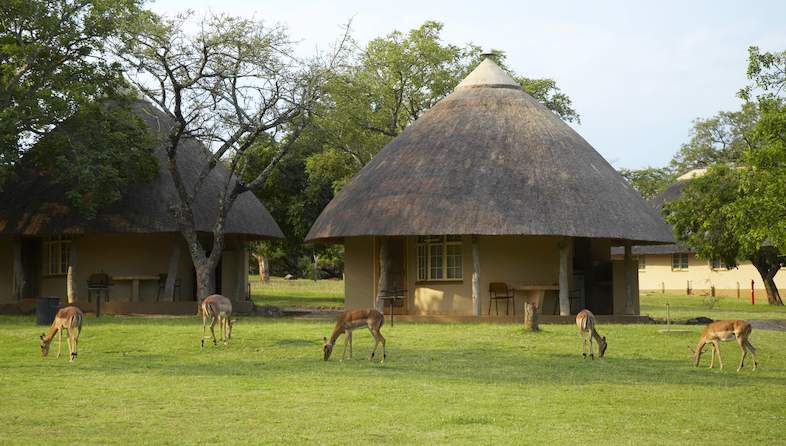
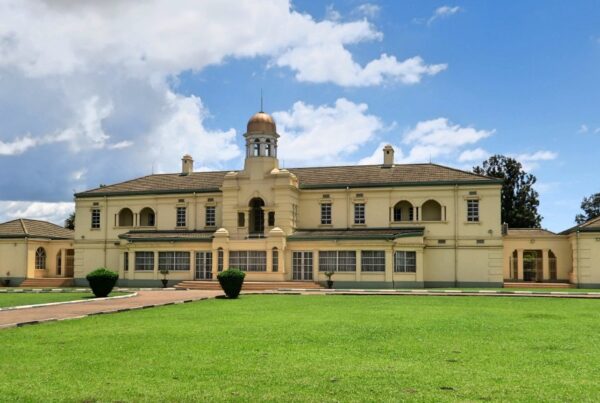
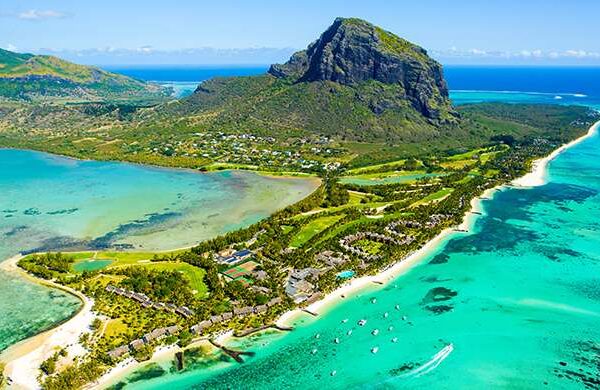
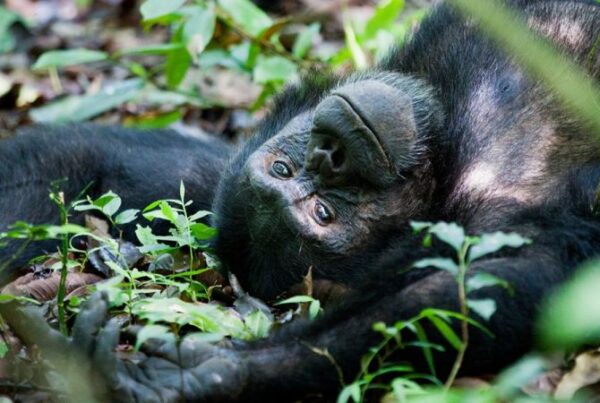
 WildHorn Africa – Authentic and unforgettable tours across Africa, guided by local experts who know the land, wildlife, and culture best.
WildHorn Africa – Authentic and unforgettable tours across Africa, guided by local experts who know the land, wildlife, and culture best.


